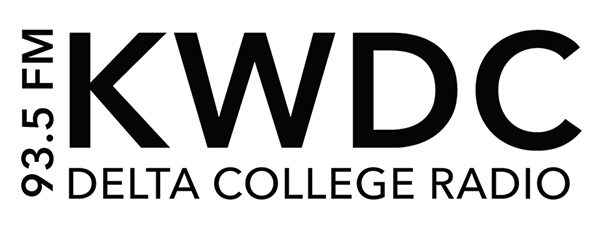Passage of Prop. 30 essential to student success
Class cuts continue to anger students at Delta College, but what many students may not know is the cuts are directly related to the state’s budget deficit.
During March 2008, when Dr. Raul Rodriguez was president of Delta, and now president Dr. Kathy Hart was then vice president, the school was informed the government would be enacting statewide budget cuts throughout California community colleges.
The legislature took an $84.4 million mid-year budget cut that year.
The cut was on top of the $31 million budget cut to community colleges that had already taken place in a budget balancing meeting by state legislature early 2008.
This has directly impacted Delta with about $1.2 million in deficit.
The cuts forced the Delta board of trustees to use reserve accounts which help the campus pay salaries in addition to other things to keep the campus afloat.
The reserves are mostly used for one-time costs.
Delta students have been directly impacted with class cuts and cuts in student support services being reduced.
Earlier this year, summer school was cut for 2013.
Students have also seen increases in price per class unit, books and parking permit costs.
The list of cuts increases as the state budget deficit continues to get worse.
For the 2012-13 budget to become more stable a lot is riding on the upcoming November ballot.
If Proposition 30 is passed, Gov. Jerry Brown will provide Delta with $4 million dollars in borrowing relief.
The borrowing will help Delta, but there still has to be a $3.5 million dollar cut for 2012-13 years.
The savings and cuts have already been identified which is mainly less staff and faculty, which in turn means less classes for us as students.
Delta has had no choice but to cut back in curriculum which started with “stand-alone” courses, non-credit courses, replacement of lower level courses with more beneficial ones for all students, offering fewer sections of certain courses as well as cutbacks on night and weekend classes.
There is no telling whether the cuts will be permanent.
“The problem is that the future for growth doesn’t look too good; and there is some evidence that the population of eligible students (graduates from local high schools) is diminishing as well,” said Hart.
Students, as well as faculty, have been impacted by cuts made.
“Now students have to plan very carefully, and make sure to take care of all of their business months ahead of time, (much like students who attend 4-year and universities) in order to get the classes they want or need,” Hart said.
With low student intake, and high demand for needed courses for students the future of class cuts is reliant on Prop. 30.
Faculty and the board of trustees have worked together in trying to accommodate students in light of the class cut hardship.
For now cuts are based on data collected by the vice president of instruction, along with the deans and faculty on what sections will be cut highly relying on past enrollment, and importance to program completion.


